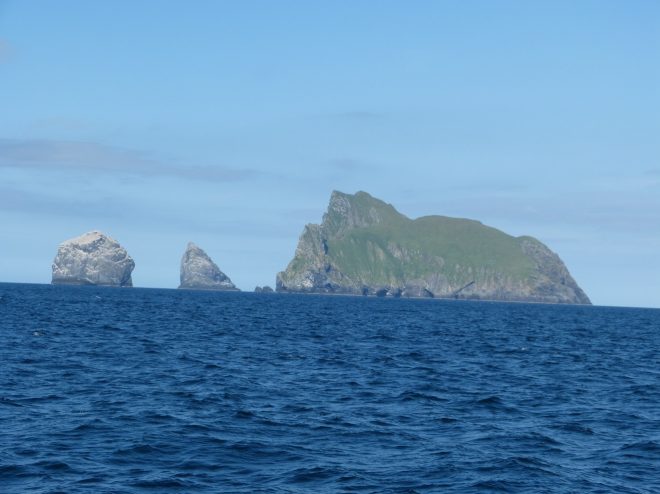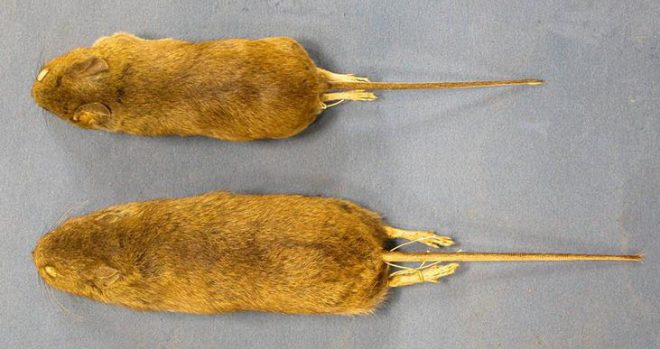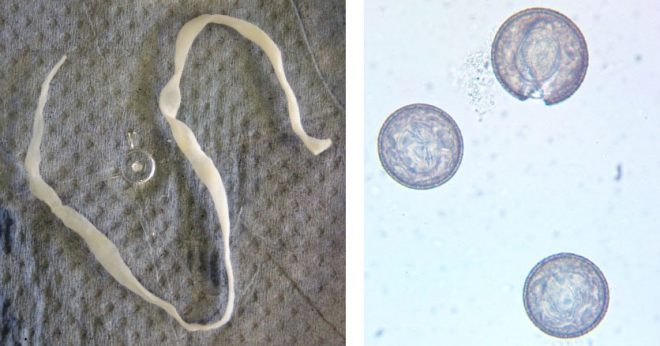St Kilda is a group of four small islands in the North Atlantic Ocean, about 40 miles west of the Outer Hebrides.
Hirta, the largest of the islands, was inhabited for thousands of years and the islanders kept sheep and cattle to supplement their diet of seabirds and cereal crops. The last of the islanders left St Kilda in 1930, along with most of their animals, because they no longer wanted to live such a hard life away from other people. Some sheep were left on the island of Soay, but two years later, these were moved onto the larger island of Hirta. This feral population has survived there ever since, without any help from people.

Isolated islands can provide great opportunities to study biological questions, because there are fewer species there, so they are less complicated and easier to understand. A striking example is the long-term study of ecology and evolution in the feral sheep on Hirta. The study involves researchers from a number of institutions and is organised by a team at the University of Edinburgh.

The St Kilda mice are also interesting. Both house mice and field mice were introduced to the islands by people, presumably accidentally, but the former died out when the people left. Genetic studies have been used to try to find out where the mice came from, because it might give clues to the origins of different people who have colonised or visited St Kilda. However, it is not yet clear whether they were brought there from elsewhere in the British Isles, Scandinavia, or both.

The field mice from St Kilda are very large, as is often the case for small mammals on islands, but genetically they are not very distinct from the field mice of the British Isles and the rest of northwestern Europe. This is not surprising, because they must have been brought to St Kilda by human visitors or settlers, and they most likely came from nearby locations.
Their parasites are potentially just as interesting as the mice themselves. Once again, the island populations provide an opportunity to study the relationship between animals and their parasites in a simplified situation. This might tell us something of interest for disease control in humans and domestic animals.
Tapeworms and eggs were found in the intestines of five out of 17 St Kilda field mice that were examined. These were animals which had been found dead by the sheep researchers and were collected for the ongoing genetic studies. The tapeworms were examined and analysed genetically by Professor Neil Sargison and his research team at the Roslin Institute, to determine what species they were and look again at where they might have come from. The mice were found to be infested with the tapeworm Hymenolepis hibernia, showing that a previous study had misidentified the species of tapeworm that was in them. The tapeworms from St Kilda were also genetically distinct from those of their own species that have been recorded elsewhere, but we do not yet have enough comparative data to work out where they came from.

The study of the parasites from the St Kilda mice will be part of a larger study of parasites in field mice from the islands around Britain and elsewhere in Europe. This is related to ongoing genetic studies of field mouse colonisation history in the British Isles and the rest of Europe, which involve researchers at National Museums Scotland, University of Huddersfield and the Mammal Research Institute, Polish Academy of Sciences, Białowieża.
